Right now, Finland is facing major future issues and deeds. The journey towards a society based on the limits of Earth’s carrying capacity requires a large group of change makers – people and organisations, all of us.
There are many ways to approach the future. Scenarios and trends lists are typical methods of preparing for the future: they aim to identify trends that are already visible and encourage thinking about the consequences.
Visions and road maps are also an essential part of planning the future. Their aim is to elicit discussion on the desirable futures and how to achieve them. A third approach, often given less attention, is expanding the futures. Weak signals or utopias, for example, can be used to expand the spectrum of visions of the future and challenge assumptions made regarding the future.
All of the above-mentioned approaches are used in Sitra’s future-oriented work. The aim of Sitra’s foresight and insight work is to enable Finland to identify possible future developments. However, the focus is strongly on collaboration. Predigested future visions need common interpretation and collaboration to complement them. The future is open, and it can be influenced by today’s actions.
The needs for jointly created trust in the future
The focus on collaboration can also be seen in our operations and our way of understanding how societal change comes about. The transition to ecologically sustainable societies will probably require major changes, but we do not believe that change can be achieved exclusively through the trickling of information from decision-makers to individuals; people and communities are needed to make the change.
Solving the major societal challenges of our time – through a transition to the circular economy and the reform of democracy, for instance – requires jointly created trust in the future and skills for societal influence. With the Future makers project launched in January, we believe these skills are comprised of future-oriented thinking and skills in societal influence. It is important to merge big thinking with practice. Future-oriented thinking involves interpreting future-related information such as megatrends, challenging and criticising claims about the future, and imagining desirable futures.
In the age of social media, the ability to create involvement in a siloed social reality is emphasised in terms of societal influence. It is necessary to find common denominators that connect the masses and communicate clearly the desired change. According to foresight specialist Krizna Gomez, human rights activists and institutions like the EU are losing out to populists because they only rely on hard facts in their argumentation. They have become detached from communities because they are speaking in a language that people do not understand or perceive as their own.
Making change making skills a day-to-day skill
One of the fundamental ideas underlying the Future makers project is that responding to the major challenges of our time, such as the ecological sustainability crisis, requires major transformations in mindsets, ways of working and skills. Change making skills are needed by individuals and organisations alike, and they need support to develop these skills.
Having studied hundreds of non-violent campaigns, Erica Chenoweth has found that non-violent campaigns are a very effective way of bringing about change in society. Often, it has only taken a small percentage of the population to get a change started.
The purpose of Future makers is to bring change making skills close to the individual and organisation, make them a day-to-day practice through training and toolboxes (such as the Toolbox for people shaping the future).
From preserving hope to constructive hope
“Anger is not sufficient to maintain motivation over time; you also need to have hope and to believe that you can make a difference.” (Kathryn Sikkink)
In recent years, we have been saturated with gloomy visions of the future and dystopias. For example, this is illustrated by the fact that sales of George Orwell’s famous dystopian novel 1984 were reported to have increased by 9,500% after the inauguration of president Donald Trump in 2017. After rising to the best-seller position on Amazon, the popularity of 1984 was attributed to, among other things, the fact that when reading it one can settle on the idea that things could be even worse and that there can be something therapeutic about the book for the reader, regardless of their political orientation.
We are not claiming there is no reason to worry. However, one should distinguish between preserving hope and constructing hope. Even if there is no hope of the status quo remaining, it is still responsible to build trust in the future so that major societal challenges can be met. Tomorrow can be better than today, even if it is different.
What is important now:
1) Strengthening trust in the future – the future will be different, but it can be better than today.
2) Bringing visions of the future into people’s daily lives
3) Introducing values to discussions about the future
4) Challenging prevailing visions of the future must be made acceptable
5) Building a closer bridge between discussion about the future and shaping the future
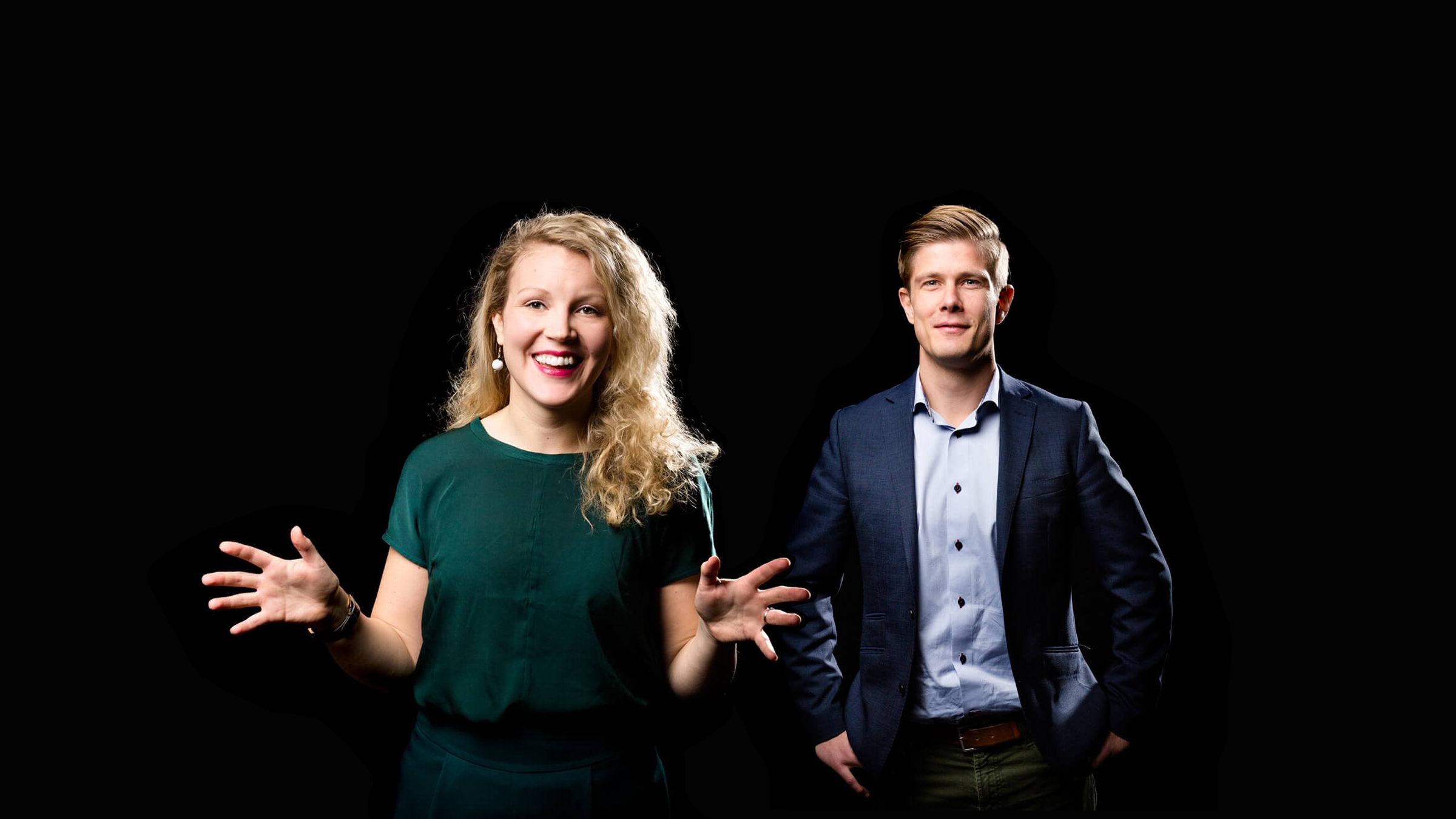




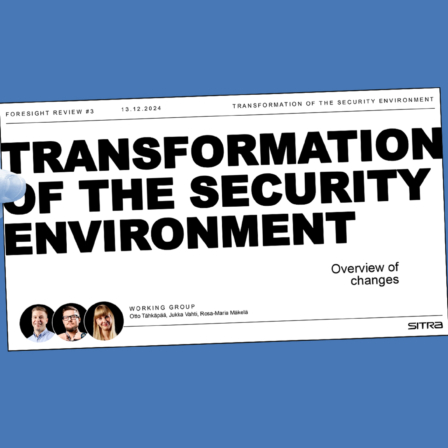
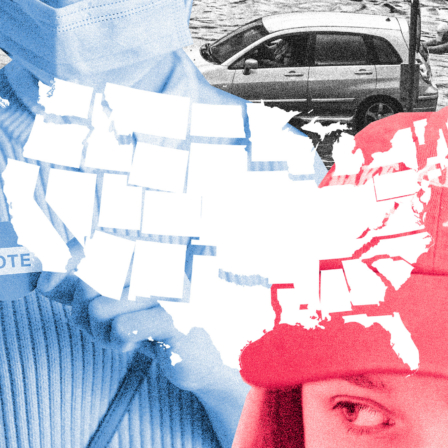
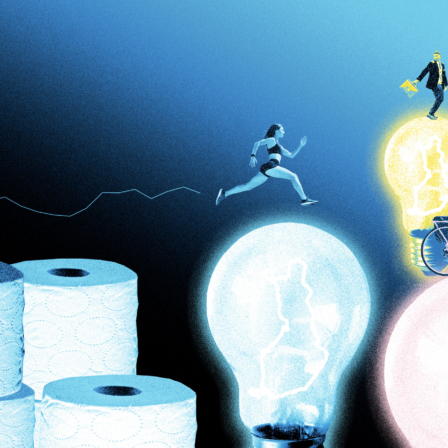

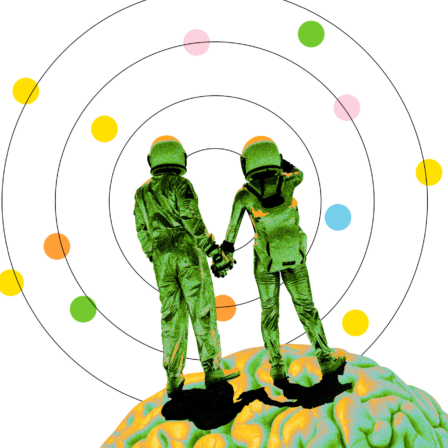

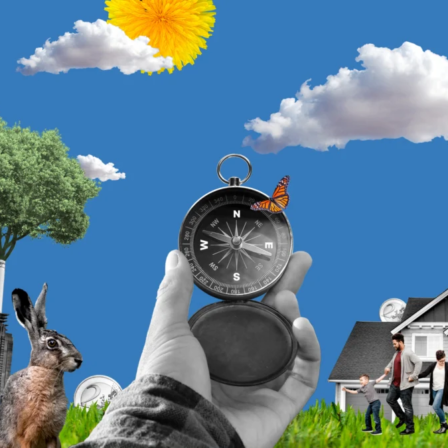

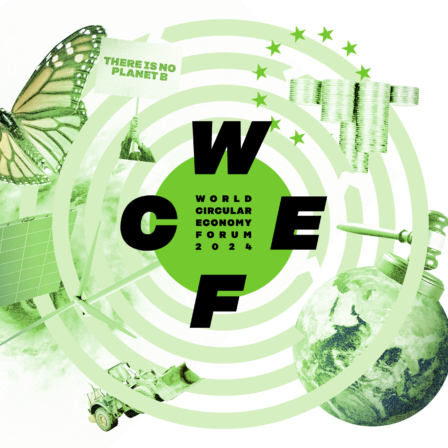
Recommended
Have some more.